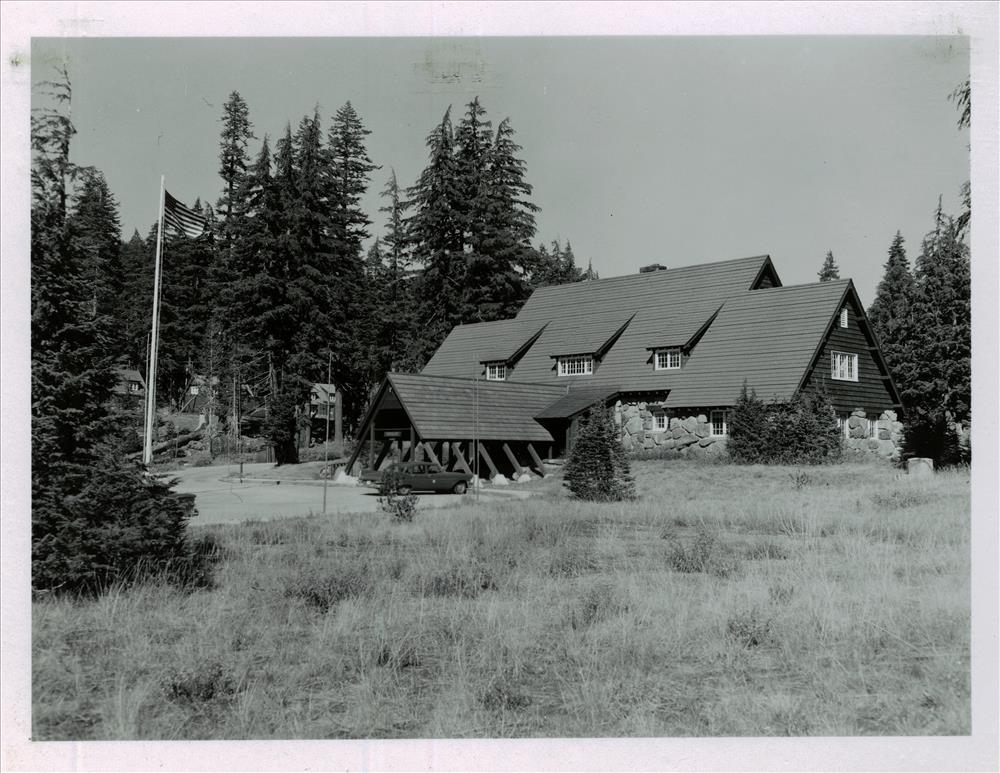Which was made difficult by the legal definition being more poetic than definite. In some cases it almost all seemed to die at the same time, too. Certain parks saw the proposals go right through Congress, while others are still on the table as they were in 1970.
Things take a long time.
But there may not be that perceived crisis that will allow a proposal to go through.
That’s true. The Park Service, very definitely, is a political organization. They’re responsive to what people want and sometimes the people take a long time to decide what they want. I remember when we were involved in Guadalupe, at the time I went in there, I thought we had some new idea. Before I was through working on the master plan, I found that the idea had been proposed, at least as far as I can see, not less then thirty years earlier. You often find this in the national parks.
Great Basin might be a good example.
Great Basin is a good example of that. I don’t know how long that goes back. Certainly that long.
The last question relates to some of the things we talked about already, about the greatest changes you saw Park Service, I guess from a broad perspective, during your career.
I think this is a question that it would be good to start the day on. It’s a good question, and the changes have really been tremendous in that the Park Service has expanded greatly, the types of things it does have expanded. I remember a lot of talk about recreation areas, whether they had any place in the National Park Service or not. I should differentiate between National Park System and National Park Service, as my friend John Mohlhenrich did in the last issue of the Courier.


